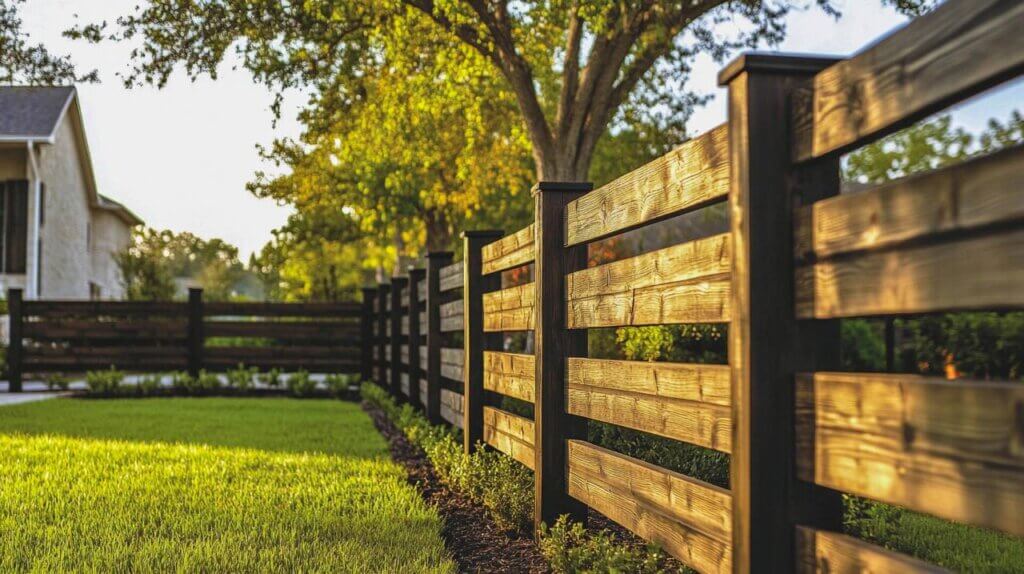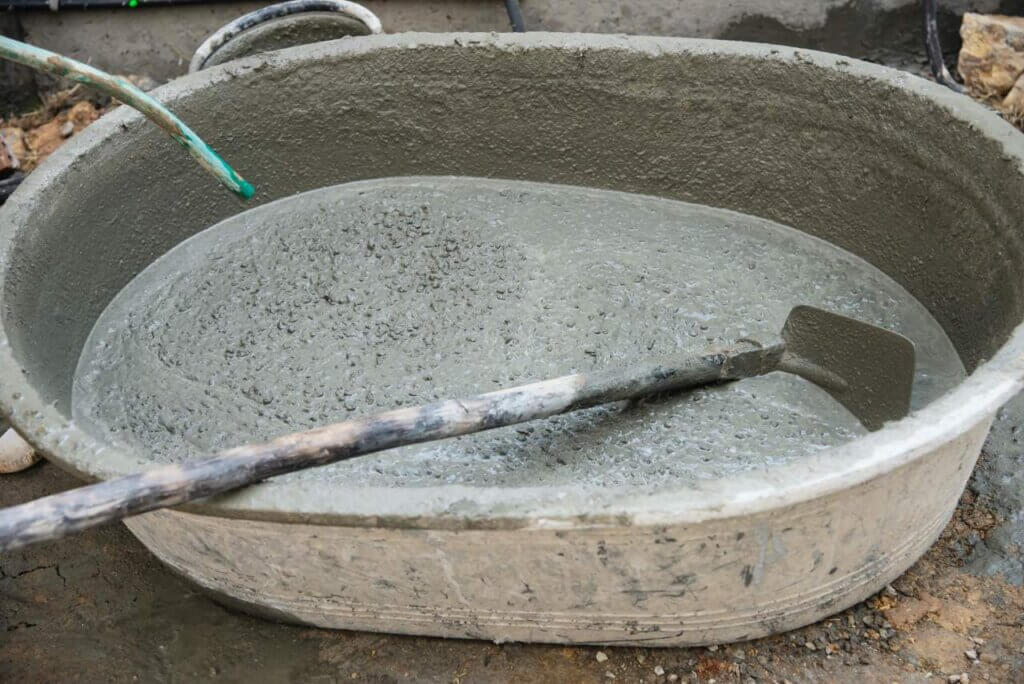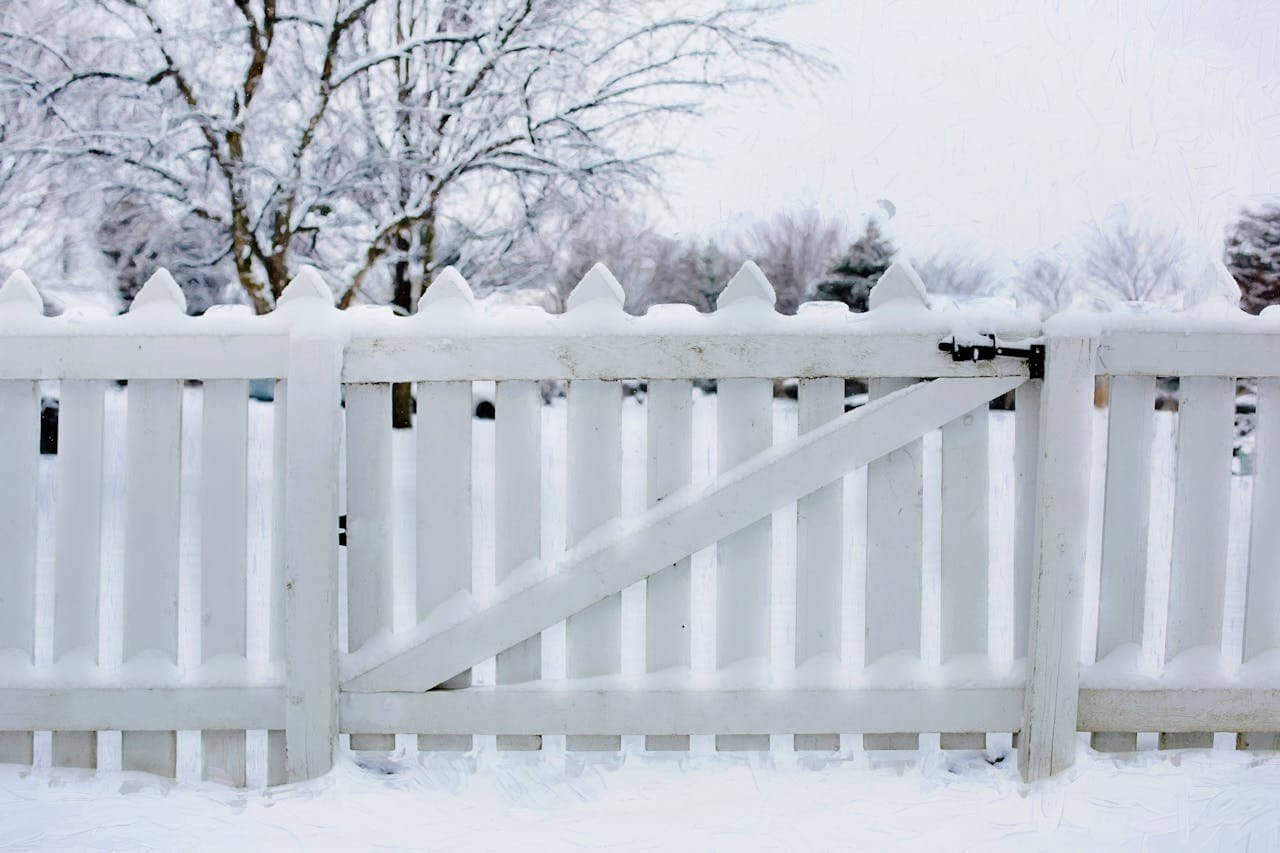
Do You Need Planning Permission for Cladding?
If you’re considering installing cladding on your home or in the garden, you’ve probably asked the question, ‘Do you need
Products in Stock
Lowest Prices
Express Delivery
10-Year Warranty
December Sale. Up To 15% Off.

Getting your fence post depth right isn’t just another box to tick—it’s what keeps your fence standing through years of British weather. A wobbly fence is a waste of a weekend’s work – and good money – so let’s take a look at how high exactly yours should be.
Most builders stick to a simple formula: bury about a third of your post underground. So for a 6ft fence, you’d need a 2ft hole with 4ft showing above ground. It works well enough for most garden fences.
But here’s what the professionals do: they dig at least 600mm (2ft) deep regardless of fence height. In dodgy weather areas or loose soil, they go even deeper.
That one-third rule? It’s just where you start. Several things might mean you need to dig deeper:
Got a tall privacy fence in mind? The higher it stands, the deeper it needs to go. Wind catches tall fences like sails. For anything over 6ft, add another 100-150mm to your hole depth. Your future self will thank you when the autumn gales hit.
Living on a windy hillside or near the coast? Add another 25% to your depth. If you have a coastal fence in Devon it likely needs deeper foundations than a Midlands garden fence.
Winter frost can literally push posts upwards over time. Dig below the frost line—usually about 450-600mm deep across most of Britain. Otherwise, you’ll find your fence rising like bread dough after a cold snap.
A fence keeping dogs in needs different support than one that’s purely decorative. If it’s supporting climbing plants or keeping livestock contained, don’t skimp on depth.
Those standard 6×6 panels from the garden centre? They catch wind like sails on a boat. Dig at least 600mm if you want them standing next year.
These let some wind through, so you might get away with 450-500mm. But honestly? You’re unlikely to regret digging a bit deeper, even for lightweight pickets. Better safe than sorry when the weather turns!
These heavy beasts need serious anchoring. We’d say go 600-750mm minimum and don’t even think about skipping the concrete. They’re solid wind barriers that take the full force of any gale.
Don’t be fooled by their open design – those horizontal rails create tension that can pull posts over time. Stick with 600mm depth minimum. The farm down the road from me learned this lesson twice.
Now onto composite fencing! Our low-maintenance fencing products will look brilliant after years of weather, but remember—they still need proper foundations. For composite fencing, you’ll want to follow the same depth rules as timber.
To concrete or not to concrete? That’s always the question:

Concrete gives you a wider underground footprint. It’s like your post is wearing boots instead of slippers—more stable in rough weather. Yes, you could go slightly shallower with concrete, but why risk it?
Going concrete-free? Fair play—better for the environment and easier to remove later. But you’ll need to dig about 150-200mm deeper and really pack that gravel tight.
Those metal spikes look tempting in the DIY shop, don’t they? They can work in firm ground if you hammer them 600-750mm deep. Perfect for temporary structures, but you wouldn’t trust your main garden fence with them unless the ground’s absolutely solid.
Getting the depth right isn’t just about digging until you’re tired:
String lines are your best mate for this job. Mark everything before you dig the first hole. Stick to the golden rule – measure twice, dig once.
Forget regular spades—they’re rubbish for post holes. Get yourself a proper post hole digger or hire an auger for the day.
Make your hole three times wider than your post. A skinny hole won’t leave room for concrete. For your standard 100mm fence post, you want a 300mm wide hole. Trust us, that extra width matters when the wind picks up.
Here’s a trick: put your post in the hole, mark where the ground hits it, then pull it out and measure from that mark. Simple but effective. Saved me from guessing more than once.
Look, we know digging holes isn’t exactly a fun weekend, but it’s worth doing right. The extra hour you spend digging deeper now saves you replacing the whole fence next winter. For most garden fences in typical British conditions, 600mm with proper concrete will do the job nicely. But if you’re on exposed ground or have sandy soil, just dig deeper and thank yourself later.
A fence is like a chain—only as strong as its weakest link. Or in this case, its shallowest post. Get the foundations right, and the rest is relatively straightforward.
Don’t forget to bookmark our complete guide to installing a composite fence too – it’ll help.
And if you’re still at the shopping part of the process, we’ve got some brilliant composite options that won’t rot or need painting every couple of years. Maintenance-free doesn’t mean installation-free though—they still need proper foundations to stand the test of time and British weather.

Our sample pack contains a sample piece of each colour currently available. Order your free sample pack today to compare the colours and get a true feeling of the Dino Decking range!

If you’re considering installing cladding on your home or in the garden, you’ve probably asked the question, ‘Do you need

If you’re looking to go all out this festive season, you might be looking for some fantastic Christmas garden ideas